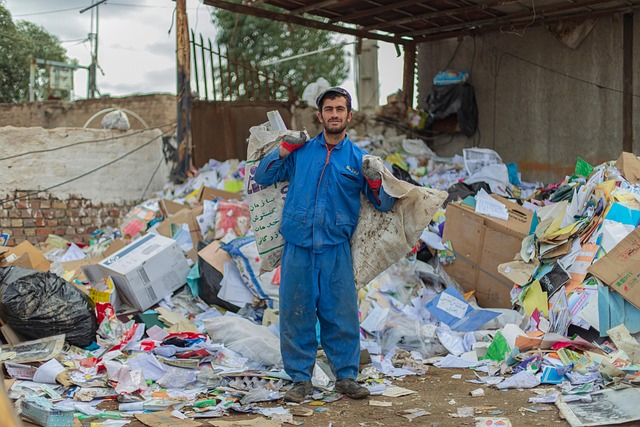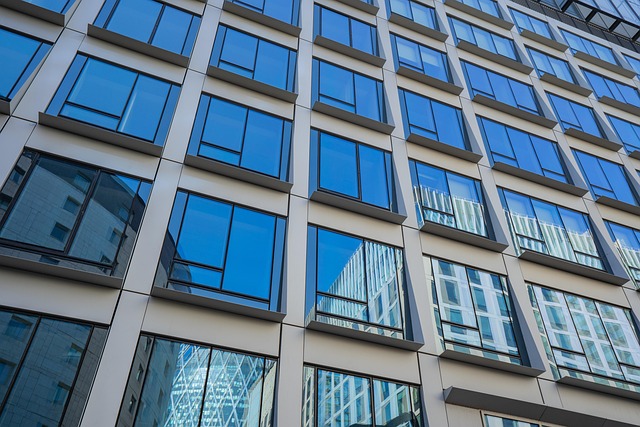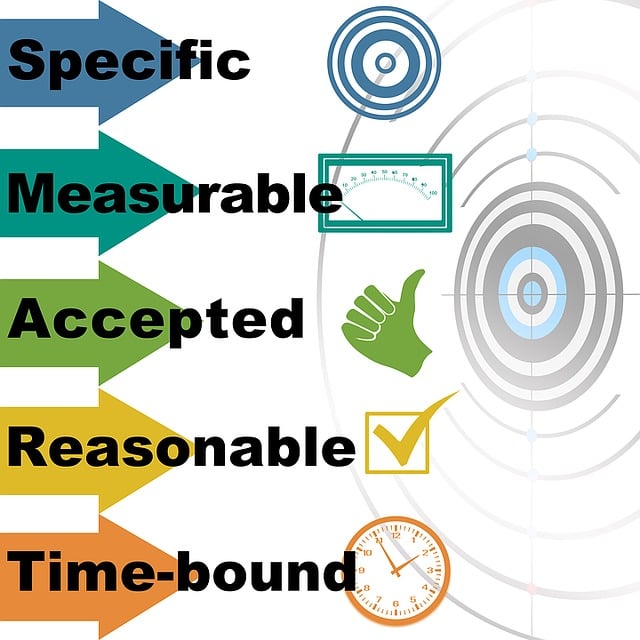In the real estate sector, adhering to safety compliance standards is both a legal requirement and a key aspect of responsible property management. These standards cover structural integrity, fire safety, accessibility, and environmental factors, with regulations varying by region. Regular inspections, updates, and adherence to best practices are vital for maintaining compliance and enhancing property safety. This includes creating customized maintenance plans, leveraging digital systems for task tracking, staff training, and meticulous documentation. By proactively implementing audits, risk assessments, and embracing technological advancements, property managers ensure their facilities remain safe, compliant, and appealing in the competitive real estate market.
In the dynamic realm of real estate, maintaining facilities while adhering to safety compliance standards is paramount. This article guides you through the essentials of understanding these stringent regulations, offering practical strategies for proactive facility maintenance. Learn how regular inspections, up-to-date documentation, and staff training can ensure a safe environment. Additionally, explore continuous improvement techniques, including monitoring and updating safety measures, to stay ahead in the ever-evolving landscape of real estate safety compliance.
Understanding Safety Compliance Standards in Real Estate

In the real estate sector, safety compliance is not just a recommendation, but a legal requirement and a fundamental aspect of responsible property management. Understanding and adhering to safety compliance standards are essential for ensuring the well-being of occupants, prospective buyers, and tenants alike. These standards cover a wide range of areas, from structural integrity and fire safety to accessibility and environmental considerations. Real Estate professionals must stay informed about local, state, and federal regulations that dictate these standards, as they can vary significantly across regions.
Regular inspections and updates to facilities are crucial to maintaining compliance. This includes routine checks for potential hazards like faulty wiring, outdated fire alarms, or structural weaknesses. By proactively addressing these issues, real estate owners and managers demonstrate their commitment to safety, fostering an environment that is attractive to tenants and investors alike. Staying current with industry best practices and integrating innovative solutions can also contribute to a property’s overall safety compliance, positioning it as a desirable asset in the competitive real estate market.
Strategies for Effective Facility Maintenance to Ensure Adherence

Maintaining facilities is a crucial aspect of real estate management, ensuring not only the longevity of assets but also adherence to safety regulations. Effective strategies involve creating comprehensive maintenance plans tailored to each property’s unique needs. Regular inspections are key; scheduling routine checks allows for proactive issue identification and resolution before they escalate into safety hazards. Implement a digital system to track maintenance tasks, ensuring every repair, upgrade, or replacement is documented and followed up on.
Training staff in safety protocols and maintaining a culture of responsibility are additional measures. Keep detailed records of all maintenance activities, including repairs, upgrades, and routine cleaning, to demonstrate compliance during audits. By integrating these strategies, real estate professionals can guarantee their facilities meet safety standards, fostering an environment that is secure for occupants and investors alike.
Continuous Improvement: Monitoring and Updating Safety Measures

In the dynamic landscape of real estate, maintaining facilities for safety compliance is an ongoing process that demands continuous improvement. Property managers and owners must remain vigilant in monitoring and updating safety measures to keep pace with evolving regulations and best practices. Regular audits and risk assessments are essential tools for identifying areas where enhancements can be made, ensuring a proactive approach to tenant and visitor safety.
Staying current with industry trends and technological advancements is crucial. Upgrading fire detection systems, implementing smarter security solutions, and enhancing emergency communication protocols are just a few examples of how real estate professionals can future-proof their properties. By embracing continuous improvement, they not only meet regulatory requirements but also contribute to a safer, more secure environment for all occupants.






